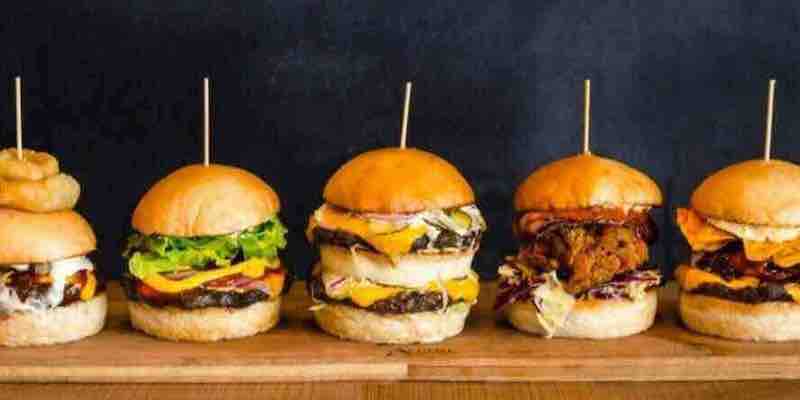The Ghostly Revolution: A Dive into Ghost Kitchens

Ghost kitchens, or as some might call them, dark kitchens, have been making waves in the restaurant industry. With the pandemic accelerating the demand for delivery, these virtual restaurants have become the lifeblood for many. Imagine a bustling kitchen without the traditional storefront solely focused on fulfilling online orders. Intrigued? Let’s dive deeper.
Understanding Ghost Kitchens
Ghost kitchens are essentially commercial kitchens optimized for food delivery. They don’t have a storefront, and their primary focus is preparing dishes for delivery. Picture a virtual restaurant operating digitally, with a handful of staff members working diligently to fulfill online orders. These kitchens offer prime real estate at a fraction of the cost, allowing restaurants to focus on what they do best: cooking.
The pandemic has shifted the dynamics of the restaurant industry. With 60% of consumers in the U.S. opting for delivery or pickup at least once a week, the demand for food delivery is soaring. With their high overhead costs, traditional restaurants are struggling to keep up. Ghost kitchens, conversely, are thriving, catering to customers who prefer to browse their favorite dishes online and order from the comfort of their homes.
How Do Ghost Kitchens Operate?
Starting with a ghost kitchen is straightforward. Rent a space, set up with the necessary commercial kitchen equipment, launch your brand online across various delivery apps, and voila! You’re in business. With significant food delivery providers like Uber Eats and Doordash dominating the market, having a delivery model that works is crucial. Ghost kitchens streamline this process, providing the infrastructure and technology needed for a successful delivery business.
Ghost kitchens differ significantly from brick-and-mortar establishments. Traditional restaurants often face challenges like limited parking for delivery drivers and operational inefficiencies. Ghost kitchens, however, are designed for efficiency. They simplify delivery operations, reduce overhead costs, and focus on dishes that travel well. The result? Faster, more efficient deliveries and happier customers.
Ghost kitchens come in various forms:
- Commissary Kitchens: Shared spaces ideal for food truck owners needing extra prep and storage space.
- Commercial Kitchens: Larger, private spaces perfect for catering companies and restaurant brands.
- Incubator Kitchens: Temporary kitchens attached to traditional restaurants, focusing on delivery orders.
- Kitchen Pods: Transportable kitchen spaces, often in shipping containers.
- CloudKitchens: A unique model offering restaurateurs a blend of technology, logistics, and prime real estate.
The Profitability Question
Are ghost kitchens profitable? Absolutely. Ghost Kitchens offer a lucrative business model by minimizing costs and maximizing revenue. They cut labor costs, reduce food wastage, and eliminate the need for expensive real estate. With the digital presence of ghost kitchens, restaurants can also experiment with multiple brands, catering to different customer segments.
The restaurant industry is evolving, and ghost kitchens are at the forefront of this change. They offer a flexible, cost-effective, and efficient solution for restaurateurs looking to tap into the booming delivery market. As the demand for online food delivery continues to grow, ghost kitchens are set to play an even more significant role in shaping the future of dining.
Sources: